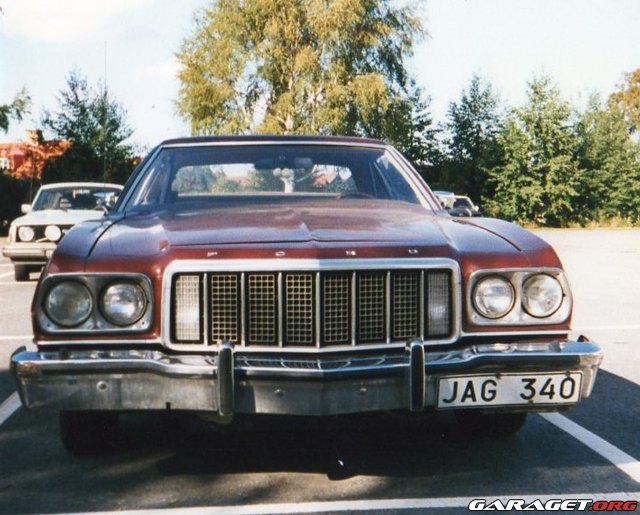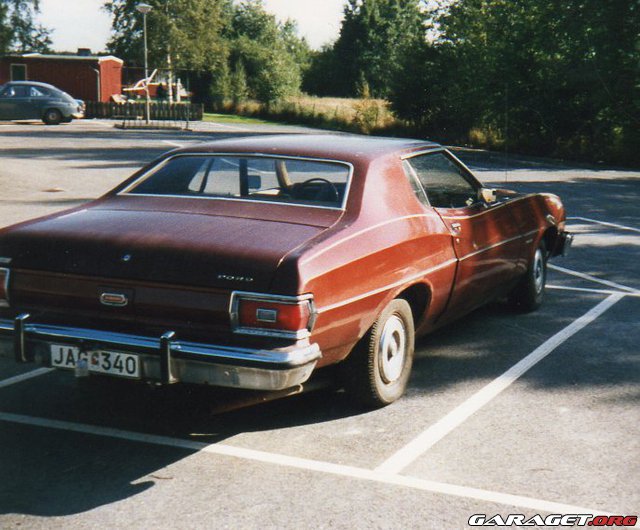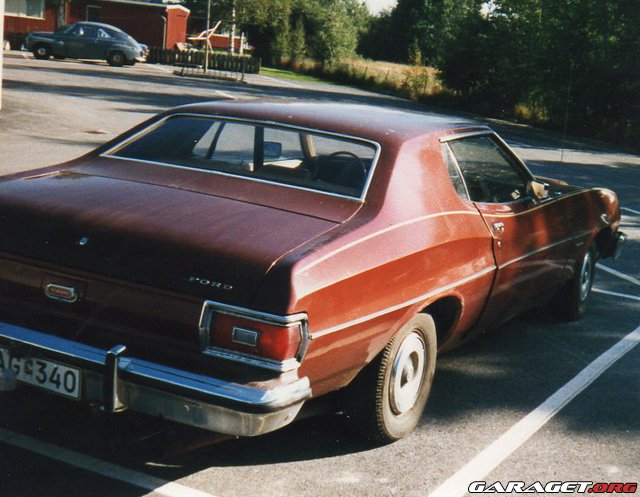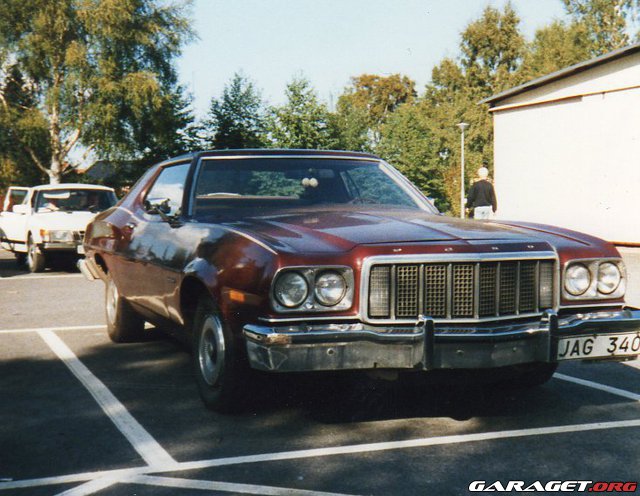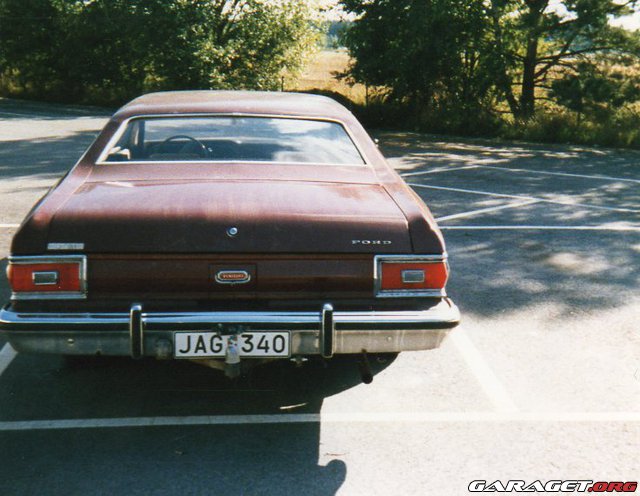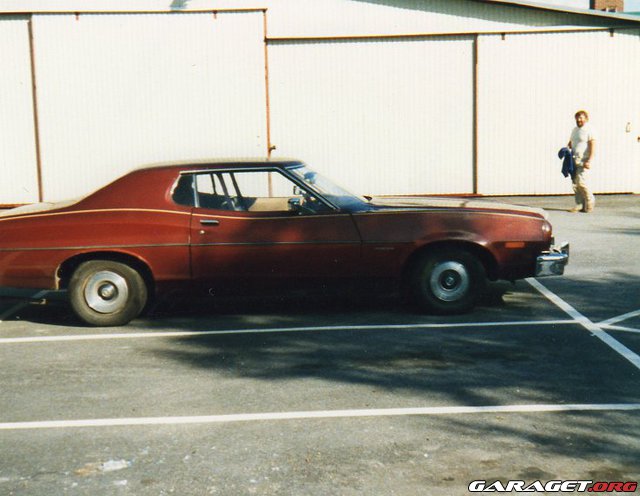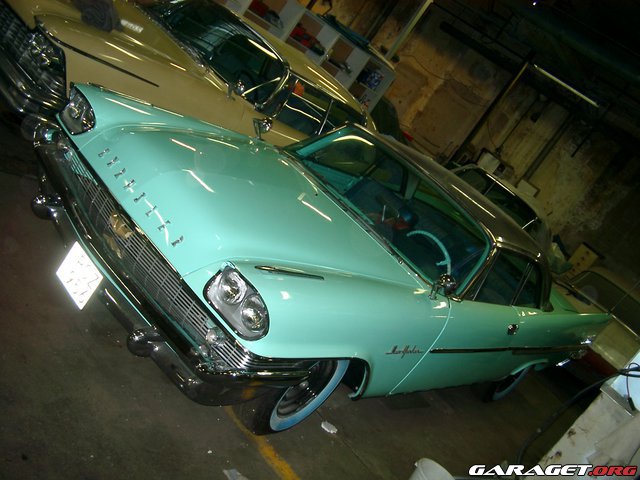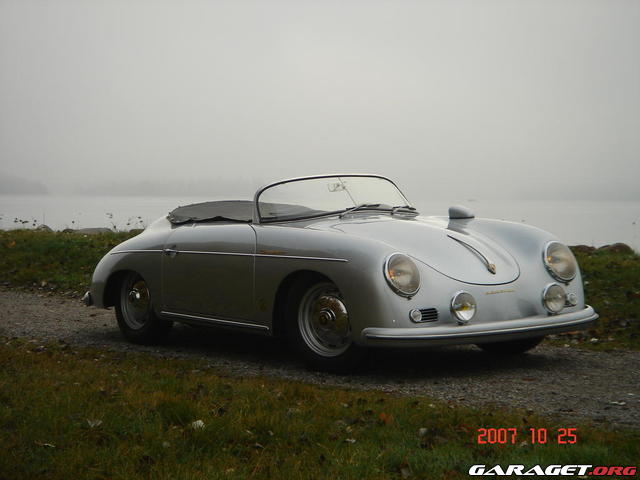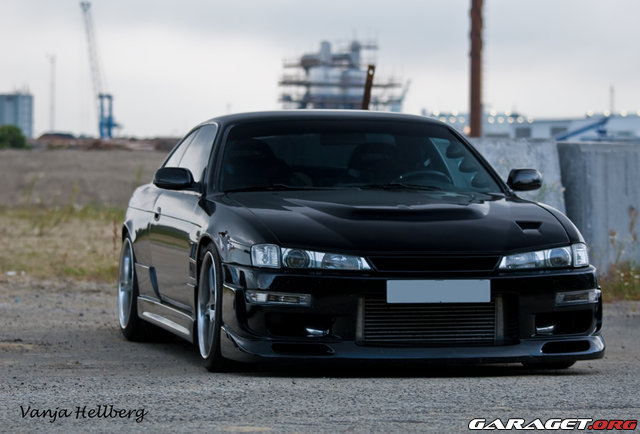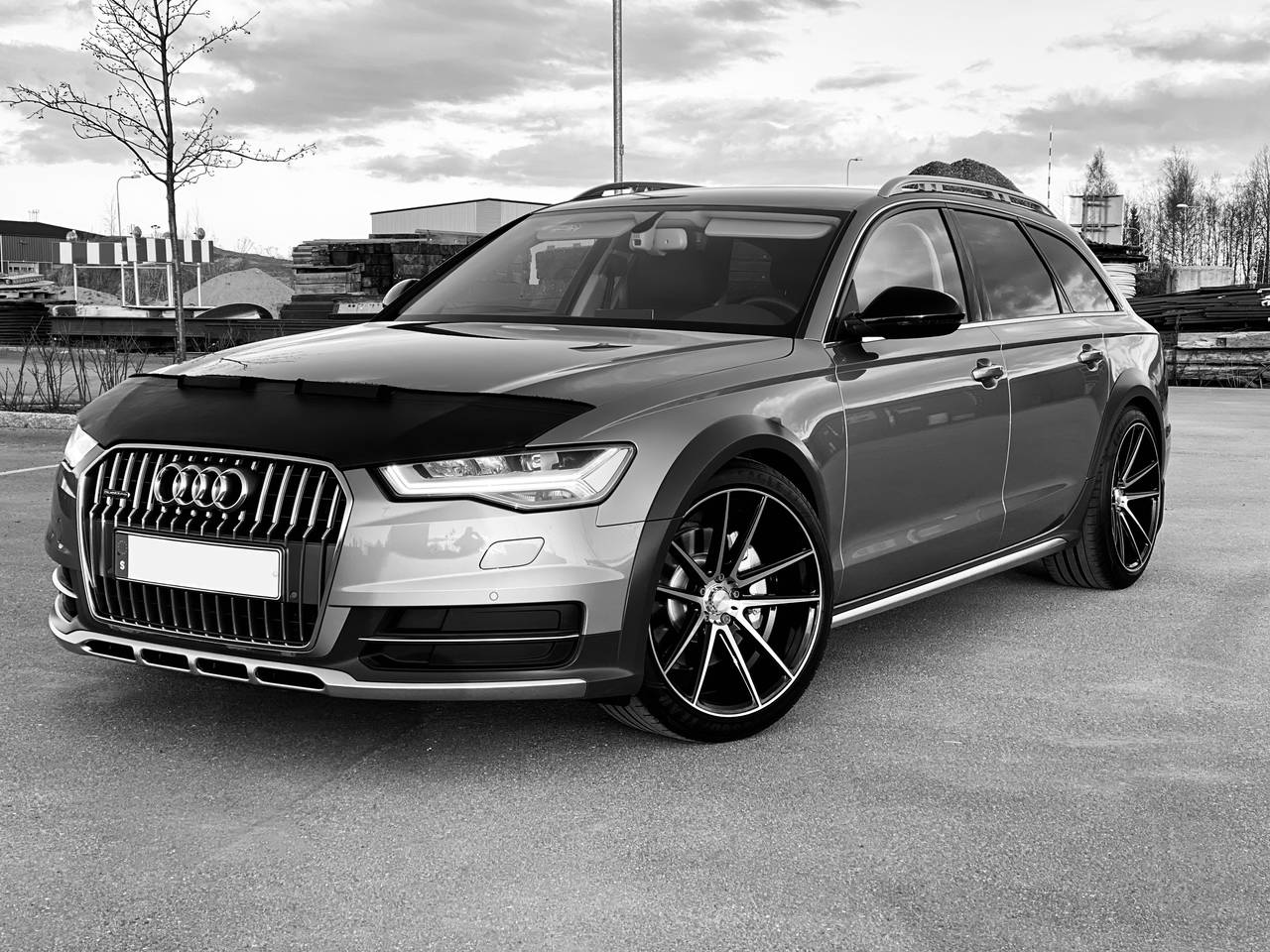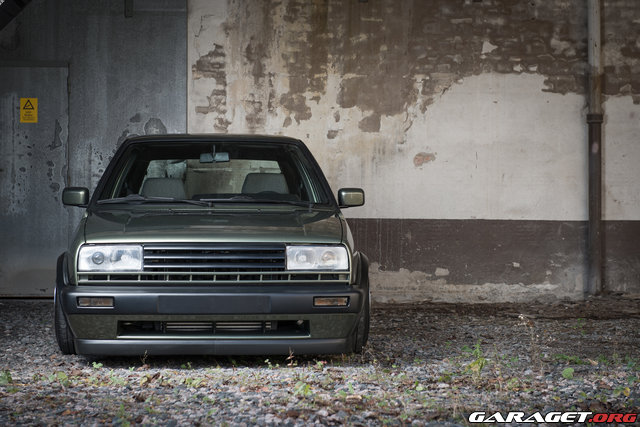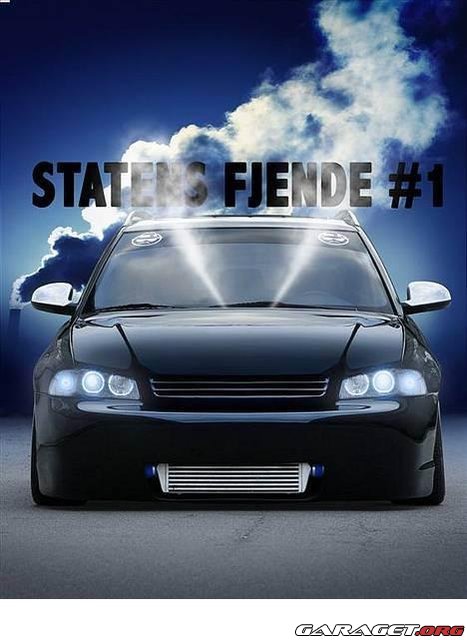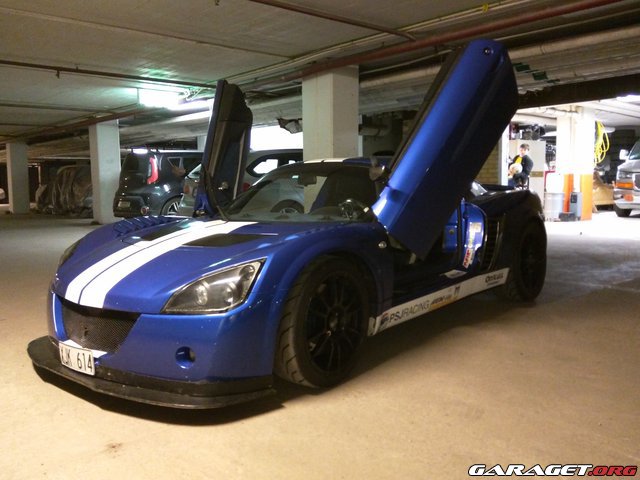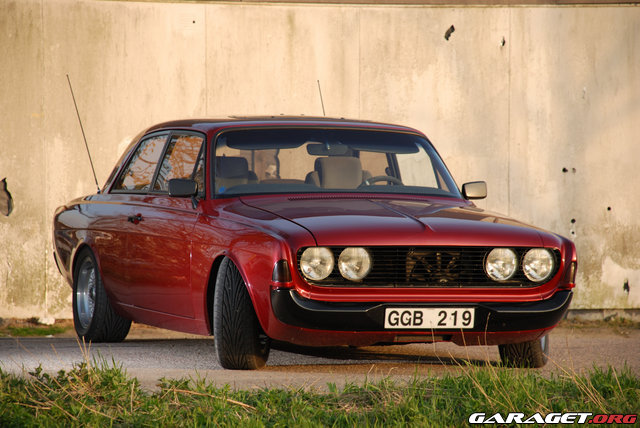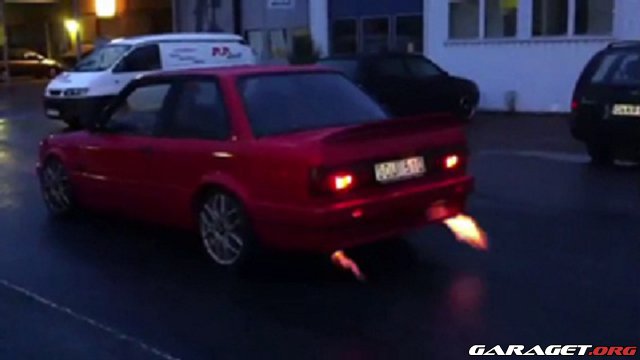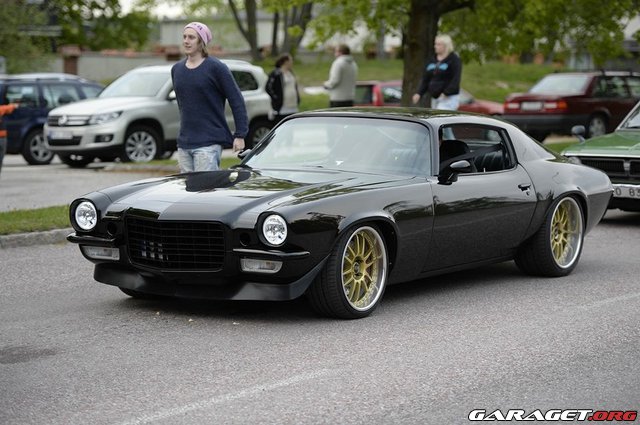3 328 visningar (3 idag)
Uppdaterad 21 december 2010
Skapad 5 december 2010
Effekt / Vridmoment
290 hk / NmMotor, växellåda och avgassystem
The 351W is often confused with the 351 Cleveland, which is a different engine of identical displacement
The 351 cu in (5.8 L) Windsor featured a 1.3 in (32.5 mm) taller deck height, allowing a stroke of 3.5 in (88.9 mm). Although related in general configuration to the 289-302 and sharing the same bell housing, motor mounts and other small parts, the 351W had a unique, tall deck block, larger main bearing caps, thicker, longer connecting rods, and a distinct firing order (1-3-7-2-6-5-4-8 vs. 1-5-4-2-6-3-7-8), adding some 25 lb (11 kg) to the engine's dry weight. The distributor is slightly different to accommodate a larger oil pump shaft and larger oil pump. Some years had threaded dipstick tubes. It had a unique head which optimized torque over high-rpm breathing, frequently replaced by enthusiasts with aftermarket heads providing better performance. Ford offered a performance head that was a stock part on 302 equipped mid-1990s Mustangs called the GT-40 head (casting id F3ZE-AA). The early 1969 and 1970 heads had larger valves and ports for better performance. The intake valves and ports were slightly larger on the early engines. The head castings and valve head sizes from 1969 to 1976 were different, differing in passages for air injection and spark plug diameters (69-74 18 mm, 75-up 14 mm). From 1977 onward, the 351W shared the same head casting as the 302, differing only in bolt hole diameters (7/16 inch for 302, 1/2 inch for 351W). Early blocks (casting id C9OE-6015-B had enough metal on bearing saddles 2,3 and 4 for four bolt mains) as with all SBF, were superior in strength to most late model, lightweight castings. Generally the 1969 to 1974 blocks are considered to be far superior in strength than the later blocks making these early units some of the strongest and most desirable in the entire SBF engine family including the 335 series. During the 1980s a four barrel version (intake manifold casting id E6TE-9425-B) was re-introduced for use in light trucks and vans. In 1988 fuel-injection replaced the four barrel carburetor. Roller lifters were introduced in this engine in 1994.
The original connecting rod beam (forging id C9OE-A) featured drilled oil squirt bosses to lubricate the piston pin and cylinder bore and rectangular head rod bolts mounted on broached shoulders. There were a number of fatigue failures attributed to the machining of the part and so the bolt head area was spot-faced to retain metal in the critical area, requiring the use of 'football head' bolts. In 1975, The beam forging (D6OE-AA) was updated with more metal in the bolt head area. The oil squirt bosses were drilled for use in export engines, where the quality of accessible lubricants was questionable. The rod cap forging remained the same on both units (part id C9OE-A). In 1982, the design of the Essex V6 engine used a new version of the 351W connecting rod (E2AE-A), the difference between the two parts was that the V6 and V8 units was machined in metric and SAE units respectively. The cap featured a longer boss for balancing than the original design.
The block underwent some changes since its inception. In 1971, The deck height was extended from 9.480 in. to 9.503 in. (casting id D1AE-6015-DA) to lower the compression ratio to reduce NOx emissions without the need to change piston or cylinder head design. In 1974 a boss was added on the front of the right cylinder bank to mount the air injection pump (casting id D4AE-A). In 1974 the oil dipstick tube moved from the timing case to the skirt under the left cylinder bank near the rear of the casting. These details made swapping older blocks from passenger cars with front sump oil pans to more recent rear-sumped Mustang and LTD/Crown Vic Ford cars more difficult unless an oil pan had the dipstick mounted therein. In the 1990s the rear main seal was changed from a two-piece component to a one-piece design and provisions for roller tappets were also added.
Introduced in 1969, it was initially rated (SAE gross) at 250 hp (186 kW) with a two-barrel carburetor or 290 hp (216 kW) with a four-barrel. When Ford switched to net power ratings in 1972 it was rated at 153 to 161 hp (114 to 120 kW), although actual, installed horsepower was only fractionally lower than in 1971.
During the 1990s, motor enthusiasts were modifying 351 Cleveland 2V cylinder heads (by re-routing coolant exit from the block surfaces to the intake manifold surfaces) for use in the 351W resulting in the Clevor (a portmanteau of Cleveland and Windsor). This modification requires the use of custom pistons by reason of differing combustion chamber terrain (canted valves vs. straight valves) and intake manifolds for the Boss 302 was not wide enough and the intake ports were too large. This combination yielded the horsepower potential of the 351C with the ruggedness of the 351W small block. This was possible because more 351C 2V cylinder heads were made than corresponding engine blocks (the 351M and 400 used the same head as the 351C 2V).Effekt och prestanda (ingående)
350 Windsor motor på 290 hk,Kommer ej ihåg vad det var för en låda i den!Chassi
2 dr Coupe med dubbla backspeglar och en gul strips på sidorna å jag tror dom var orginal på bilen sen den kom ut?Fälgar, däck och bromsar
14 tums med plåtfälgar å navkapslar och servobromsInteriör / Inredning
Gul galoninredning med fönstervevar,Ställbar backspegel,CiggtändareBilstereo och multimedia
En vanlig kassetbanspelare som hette clarion med ett slutsteg i skuffen å 2 st högtalare!Exteriör / Styling
En orginalbil med en brunröd mettallicfärg med en gul vinyl inredning i sätena och takFramtidsplaner
Bilen såldes 92 till en kille som heter Ygwie i Tidaholm.Övrigt
For the 1975 model year, the Ford Torino received a number of minor improvements, but was for the most part unchanged. The model line-up received only one change; the Gran Torino Elite was no longer part of the Torino line-up. The Elite was now an independent model, and marketed simply as the Ford Elite. All Torinos featured solid state ignition systems for 1975, which improved starting performance and fuel economy, while reducing maintenance costs. Radial tires, another fuel saving feature, power steering and power brakes were all new standard features for all Torinos. 1975 Torinos featured a new steering wheel design and a new for that year option was a "Fuel Sentry" vacuum gauge.
The 1975 model year saw almost no changes to the exterior styling. The only significant change was that Torino models now adopted the Gran Torino grille and front fascia. Torino's weight continued to climb, even though the exterior dimensions were unchanged from 1974.
The Federal Clean Air Act caused Ford to install catalytic converters for 1975 to help meet new emission standards. The converter significantly reduced the power output of the engines due to increased exhaust back pressure. In response, Ford changed the base engine on all Torinos to the 351-2V engine; along with this change, the Cruise-O-Matic transmission became standard. No manual transmissions were available. Power for all engines, except the 460, was significantly reduced compared to 1974, and with the weight increase, fuel economy and performance continued to decrease. The 400-2V and the 460-4V were the only engine options, as the 351-4V was no longer available.
The 351 Cleveland was no longer produced after 1974. The new 351M (Modified) joined the line-up, although the 351W continued to be used alongside when the 351-2V was specified. The 351M used the 400's tall deck block, and shared its connecting rods and intake manifold, so more parts were shared than between the 400 and 351C saving Ford production costs. The 351M and 351W had no appreciable power output difference; due to emissions standards, the 351M was not available in California.
The Gran Torino Sport was still available, and remained virtually unchanged from the 1974 model. The Sport continued to remain almost indistinguishable from a conventional Gran Torino, and customers responded with a lack of interest. 1975 was by far the least popular year for this model; only 5,126 units were produced.
Sales for Torino's dropped off significantly from the 1974 model year. With the Elite now a separate model, Torino lost a large portion of its sales. Ford produced only 195,110 Torino's for 1975. Even with the addition of the 123,372 Elites produced for 1975, total output was 318,482 which was still significantly lower than 1974. Sales decreases were likely due to the increased demand for smaller economical cars, while Ford's new "sensibly" sized Granada likely also stole sales from Torino. The Ford Granada was classed as a compact by Ford, but actually had dimensions close to that of a late 1960s Ford T
Ej angivet.

